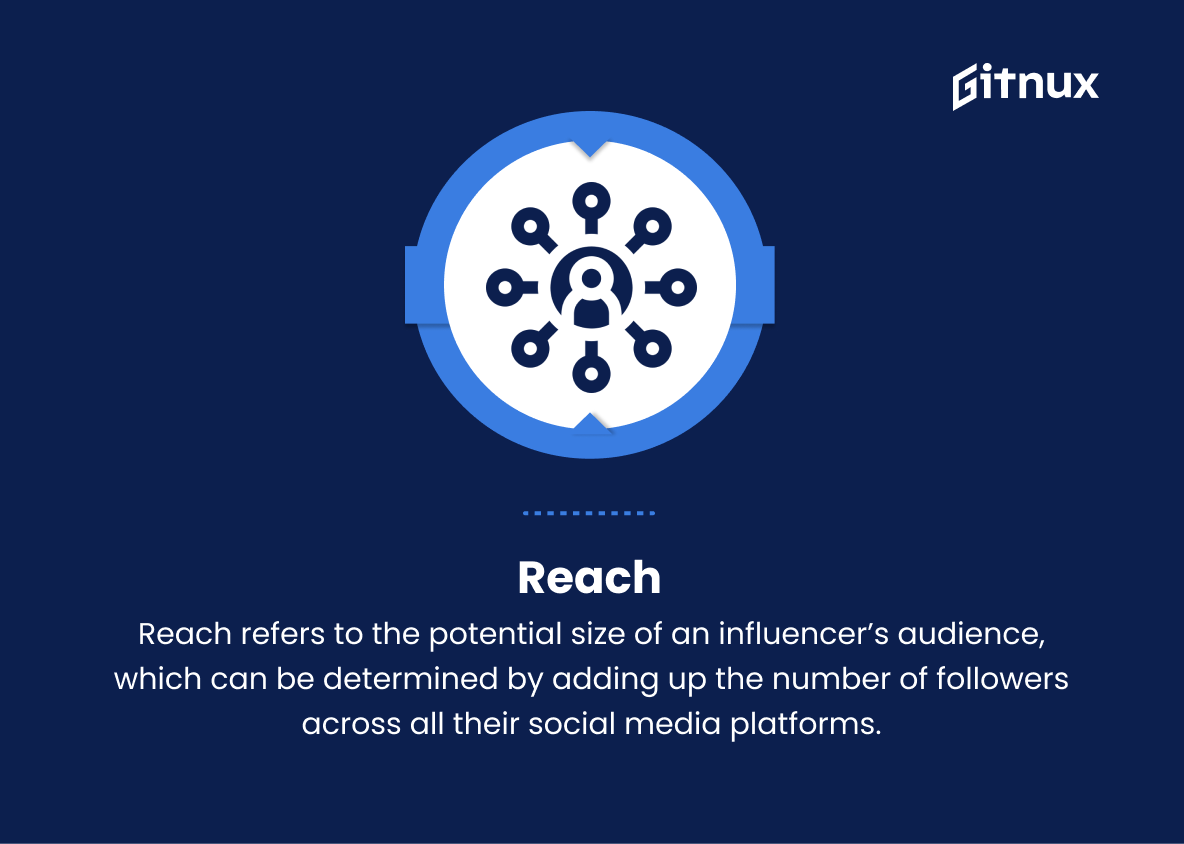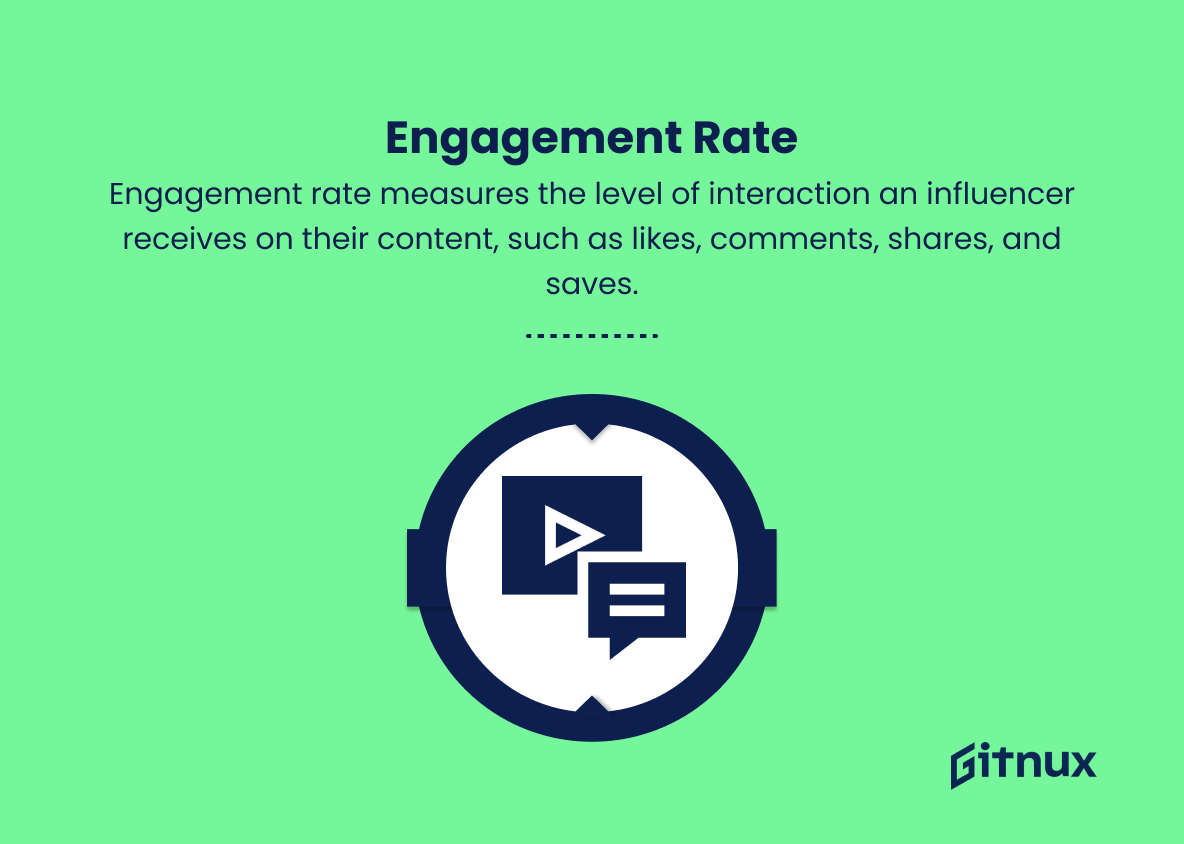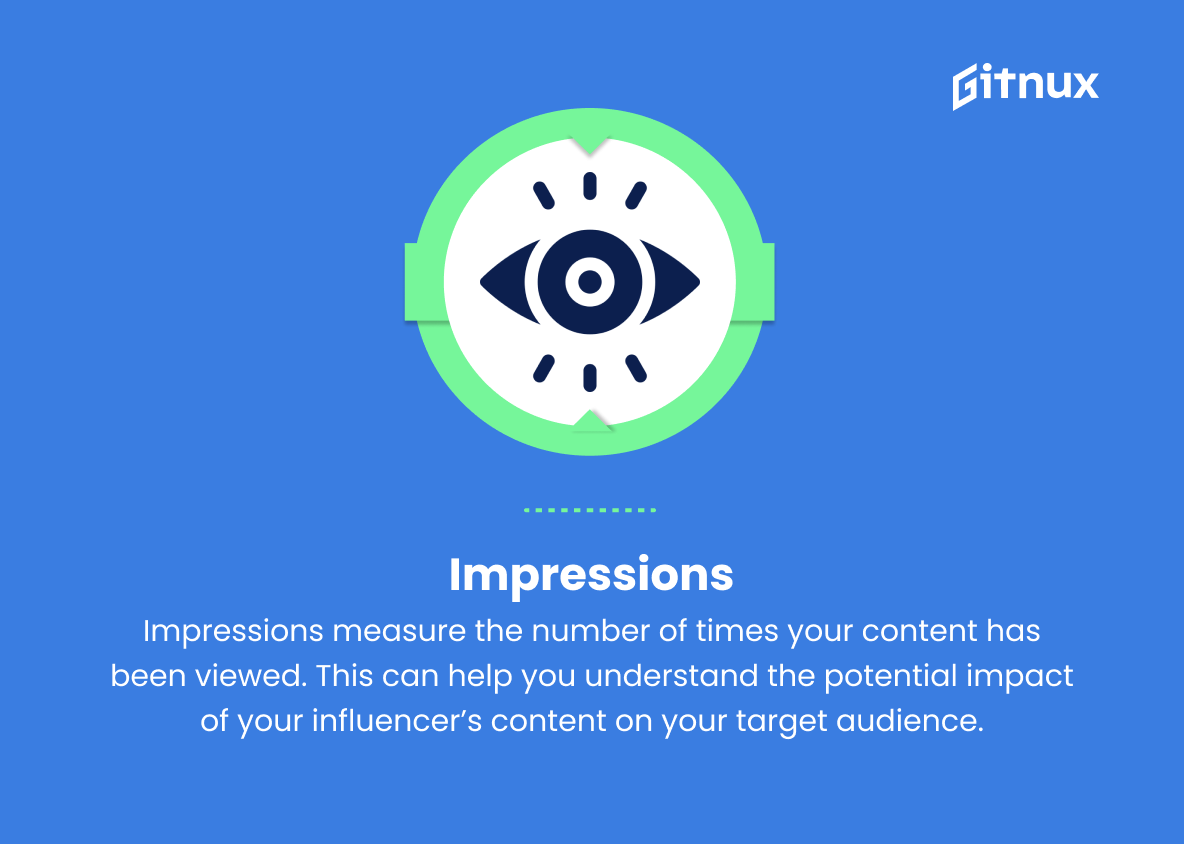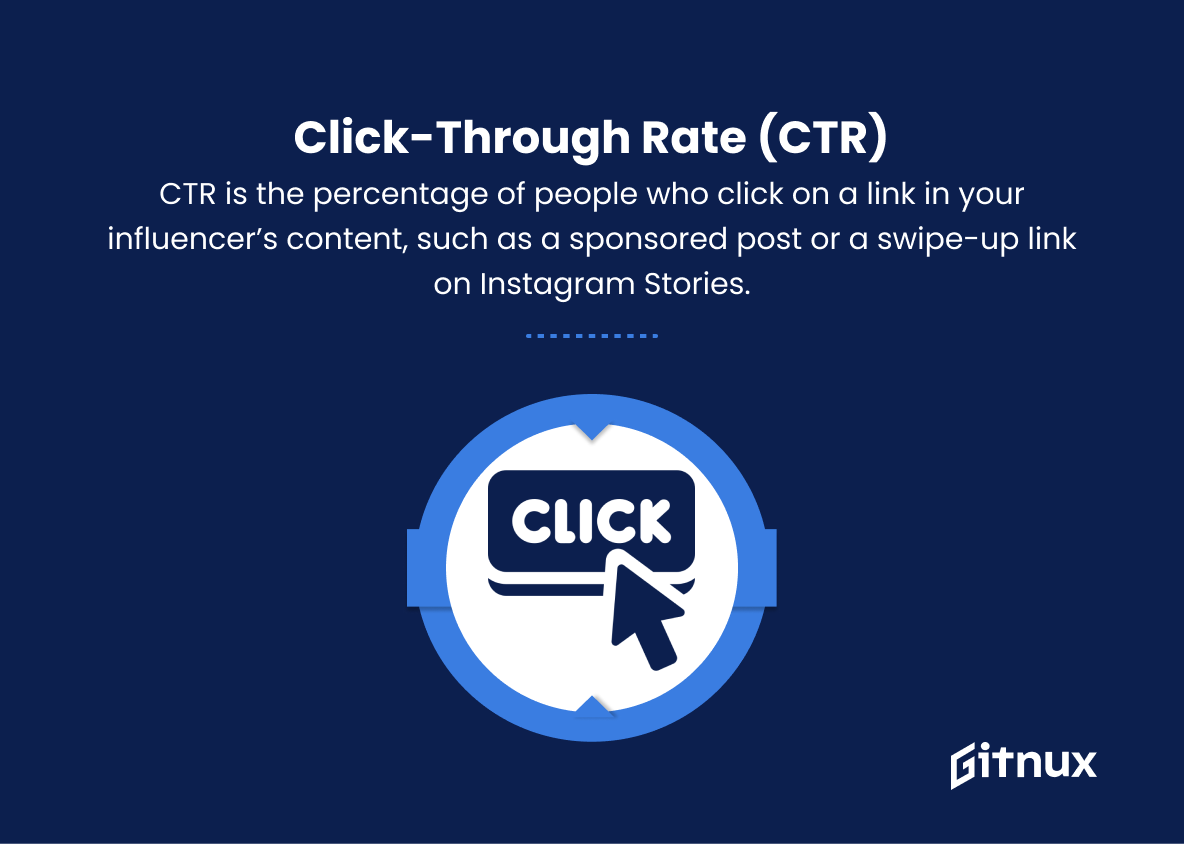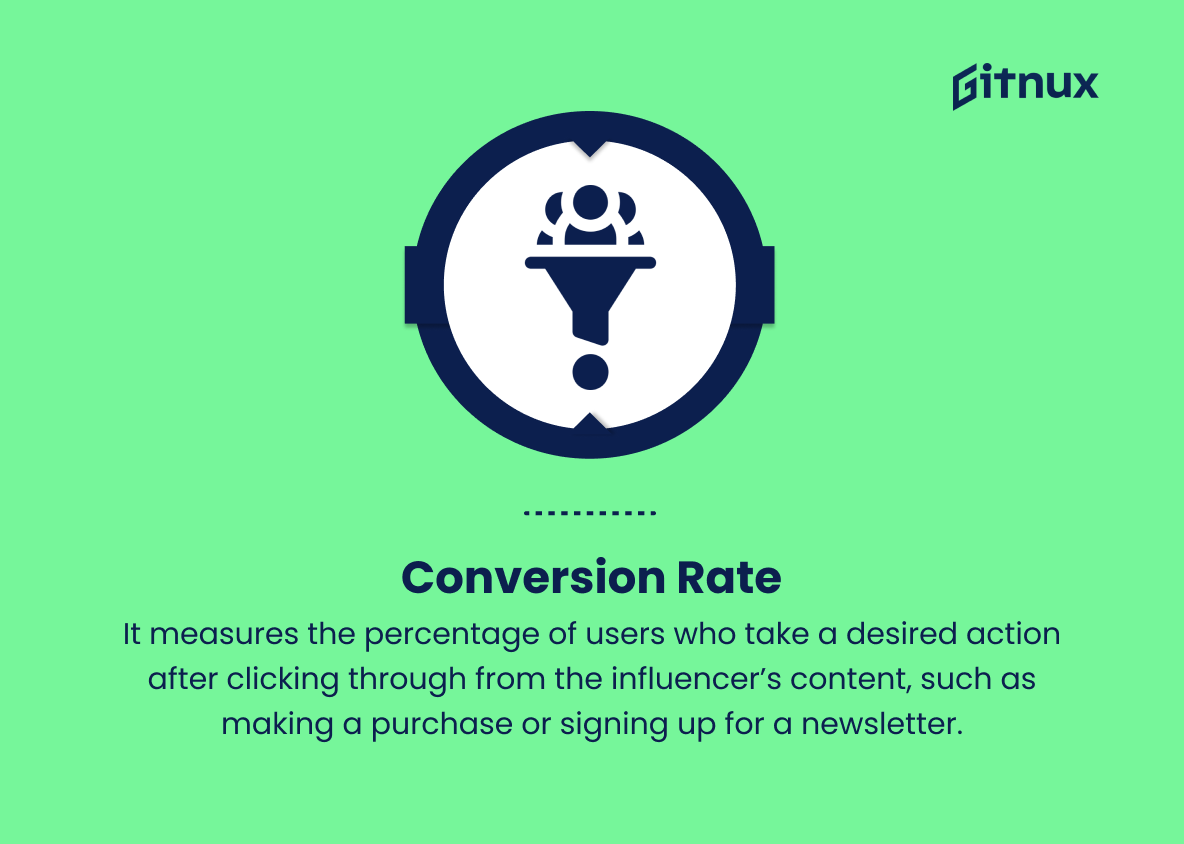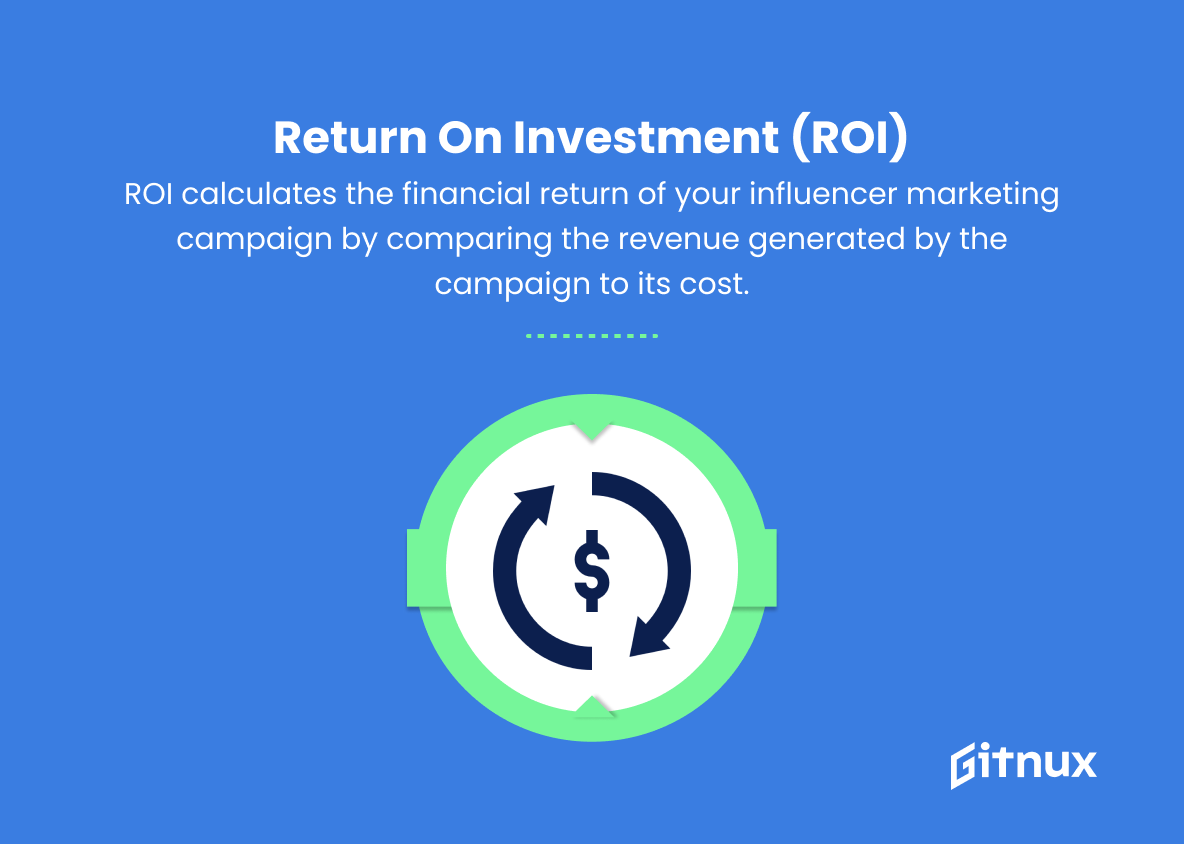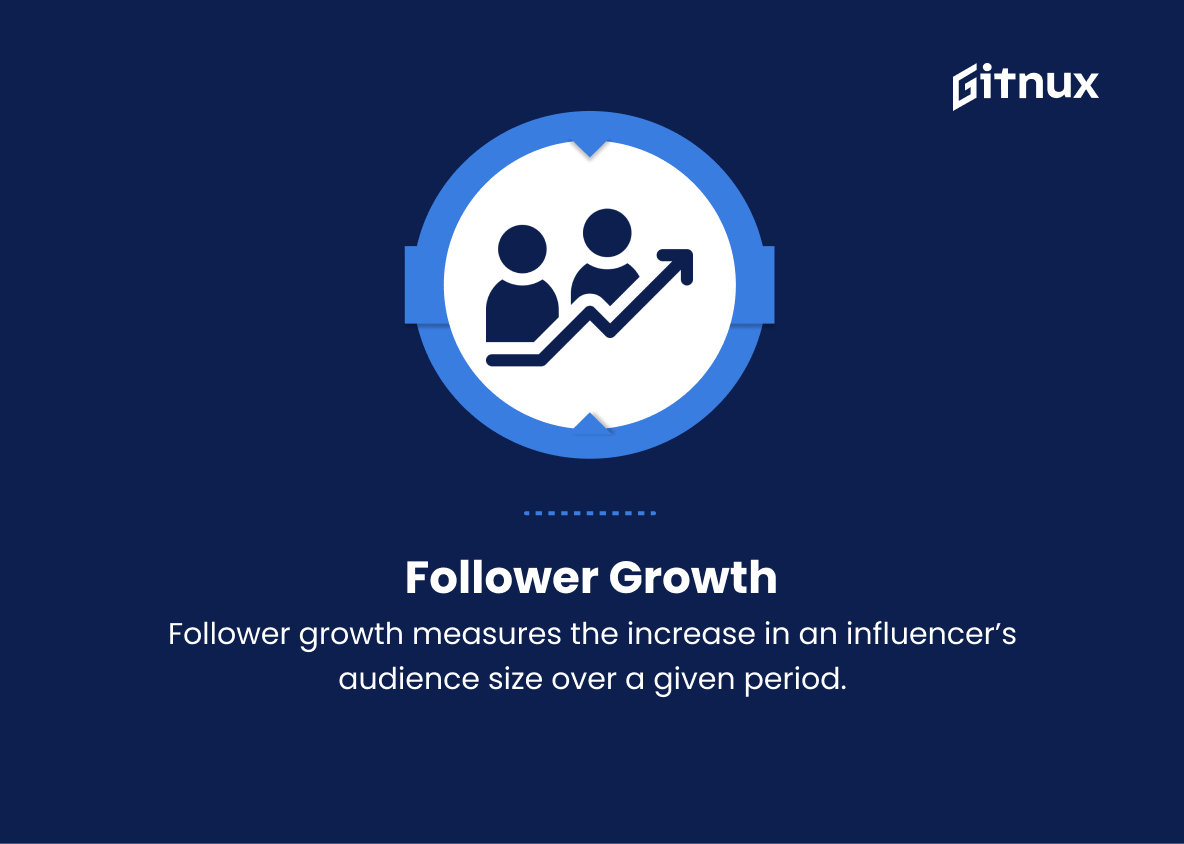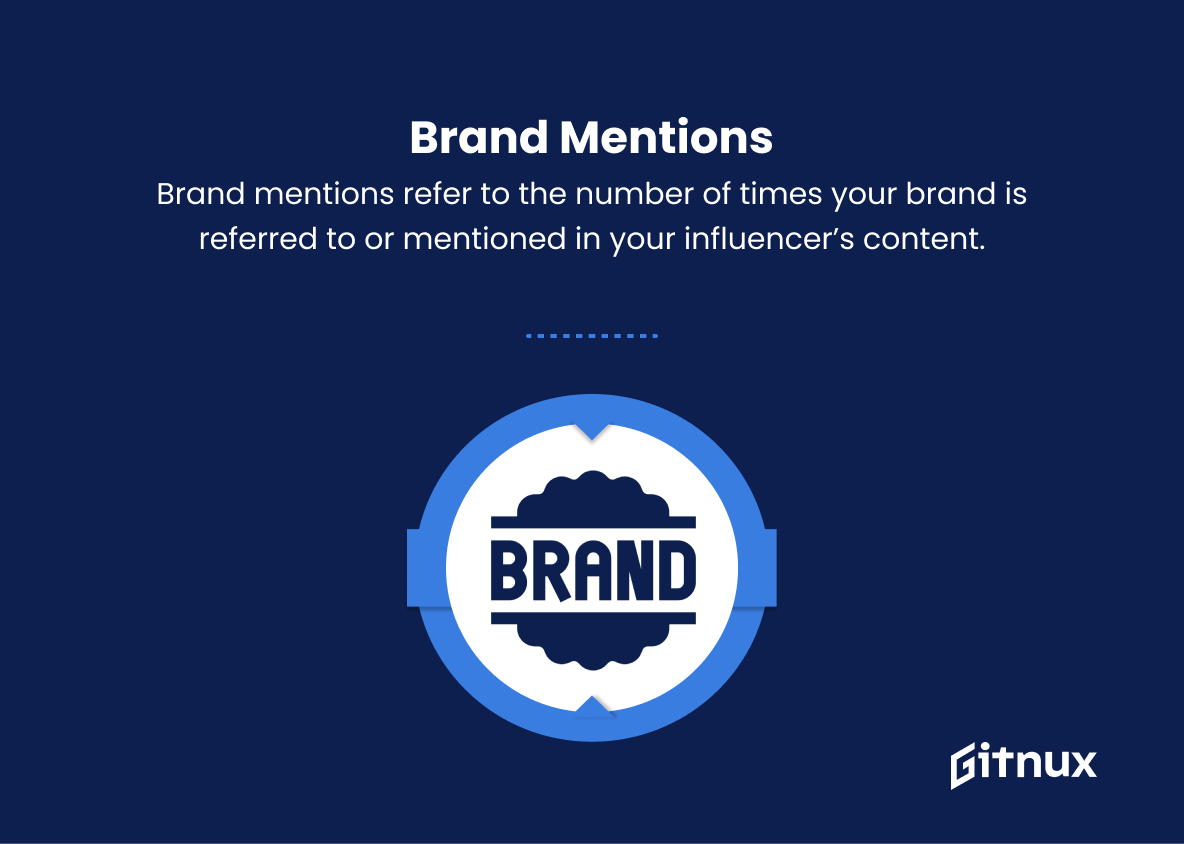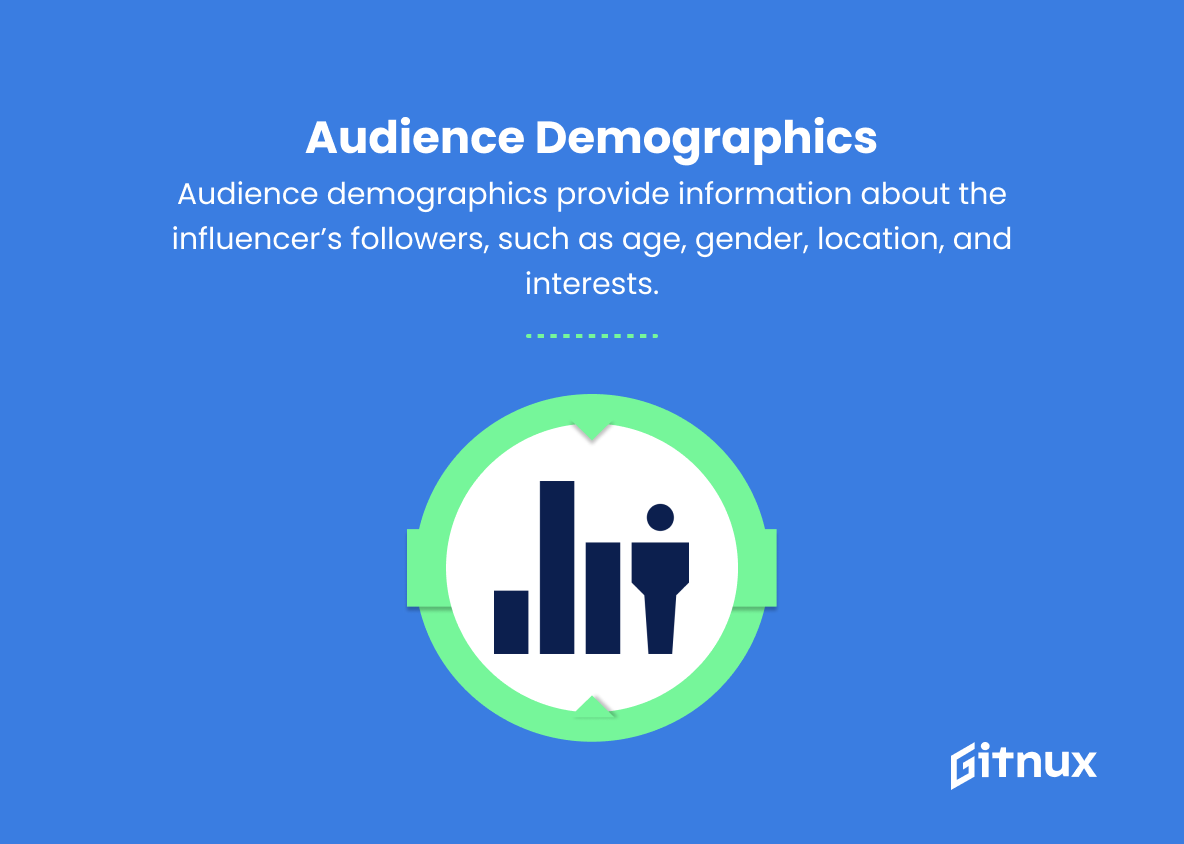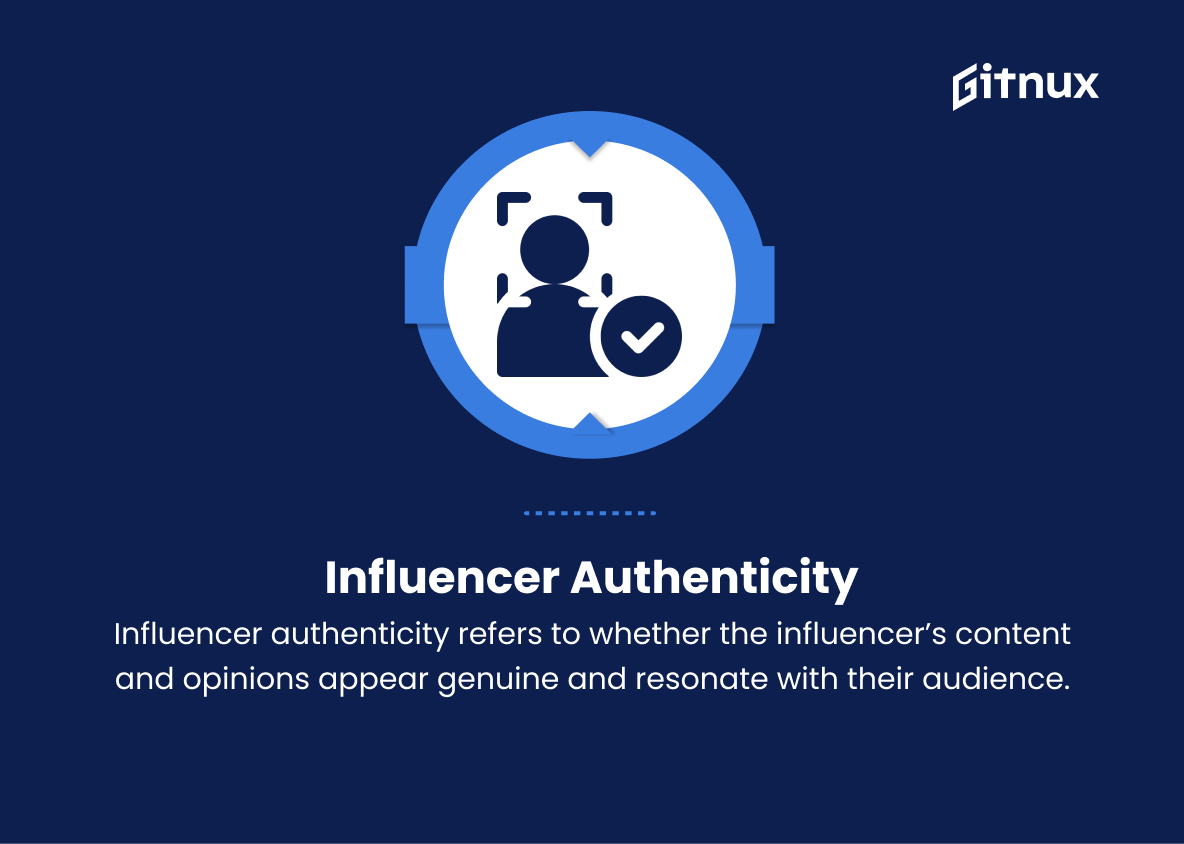In today’s ever-evolving digital landscape, influencer marketing has taken center stage as a powerful and effective channel for brands to reach their target audience. Capitalizing on the trust and rapport established with followers, influencers have become a driving force in shaping consumer behavior and brand perception. But in order to truly harness the potential of influencer marketing and ensure successful campaigns, it is imperative that we understand and focus on the right metrics. In this blog post, we will delve into the key influencer marketing metrics that brands and marketers must track, analyze, and optimize to make well-informed decisions and maximize their ROI. From engagement rates to conversion metrics, we will provide you with the necessary knowledge and tools to empower your influencer marketing strategies and make a lasting impact in the digital space.
Influencer Marketing Metrics You Should Know
1. Reach
Reach refers to the potential size of an influencer’s audience, which can be determined by adding up the number of followers across all their social media platforms. This is important to know as it will give you an idea of how many people your influencer may expose your brand to.
2. Engagement rate
Engagement rate measures the level of interaction an influencer receives on their content, such as likes, comments, shares, and saves. This can be calculated as (total engagements / total followers) 100. A higher engagement rate indicates that the influencer’s audience is actively interacting with their content, which is crucial for an influencer marketing campaign to be successful.
3. Impressions
Impressions measure the number of times your content has been viewed. This can help you understand the potential impact of your influencer’s content on your target audience.
4. Click-through rate (CTR)
CTR is the percentage of people who click on a link in your influencer’s content, such as a sponsored post or a swipe-up link on Instagram Stories. It shows how effectively the influencer is driving traffic to your website or landing page.
5. Conversion rate
Conversion rate measures the percentage of users who take a desired action after clicking through from the influencer’s content, such as making a purchase or signing up for a newsletter. This helps you determine the ROI of your influencer marketing campaign.
6. Return on Investment (ROI)
ROI calculates the financial return of your influencer marketing campaign by comparing the revenue generated by the campaign to its cost. High ROI indicates that the campaign was profitable and worth continuing in the future.
7. Follower growth
Follower growth measures the increase in an influencer’s audience size over a given period. This helps you to understand the influencer’s ability to attract and retain new followers, which can indicate their overall influence on their audience.
8. Social sentiment
Social sentiment measures the positive or negative reactions and emotions towards your influencer’s content or your brand. Monitoring sentiment can help you to understand the overall impact of an influencer marketing campaign on brand perception and reputation.
9. Content quality
Content quality is a qualitative metric that assesses the overall aesthetic, tone, and appeal of an influencer’s content. High-quality content is more likely to resonate with the target audience and lead to better campaign results.
10. Brand mentions
Brand mentions refer to the number of times your brand is referred to or mentioned in your influencer’s content. This can help you gauge the influencer’s ability to create brand awareness and recognition among their followers.
11. Share of voice
Share of voice measures the prominence of your brand, especially when compared to competitors, in the influencer’s content and conversations. This can help you evaluate the effectiveness of the influencer in promoting your brand within their niche.
12. Audience demographics
Audience demographics provide information about the influencer’s followers, such as age, gender, location, and interests. These insights can help you to ensure your influencer marketing campaign is reaching your target audience.
13. Influencer authenticity
Influencer authenticity refers to whether the influencer’s content and opinions appear genuine and resonate with their audience. Authentic influencers are more likely to build trust with their followers and drive stronger marketing results.
Influencer Marketing Metrics Explained
Influencer marketing metrics are crucial for evaluating and optimizing the effectiveness of influencer campaigns. Metrics such as reach, engagement rate, impressions, and click-through rate allow marketers to assess the potential audience size and level of interaction while also determining how effectively an influencer can drive traffic and create awareness for their brand. Conversion rates and ROI help quantify the financial success of the campaign, while follower growth, social sentiment, content quality, brand mentions, and share of voice enable marketers to understand the influencer’s audience impact and ability to promote their product and compete in the market.
Analyzing audience demographics helps ensure campaigns are targeted to the desired audience, while influencer authenticity ensures that the influencer’s content is genuine and resonates with their followers—both of which contribute to stronger marketing results. As a metrics expert, understanding these various influencer marketing metrics can greatly improve the success and ROI of influencer campaigns by providing valuable insights for strategic decision-making.
Conclusion
In the constantly evolving world of digital marketing, influencer marketing has undoubtedly risen to prominence as a powerful and effective strategy. By closely monitoring, analyzing, and understanding key influencer marketing metrics, businesses can strategically invest in partnerships with influencers who will offer the most significant potential for growth and brand exposure.
Through efficient tracking of engagement rates, audience demographics, reach, impressions, conversions, and ROI, companies can optimize their influencer marketing campaigns and solidify their online presence in an increasingly competitive market. As the influencer marketing landscape continues to expand and transform, staying attuned to these vital metrics will be essential for brands to stay ahead in the game, drive meaningful connections, and achieve long-term success.
